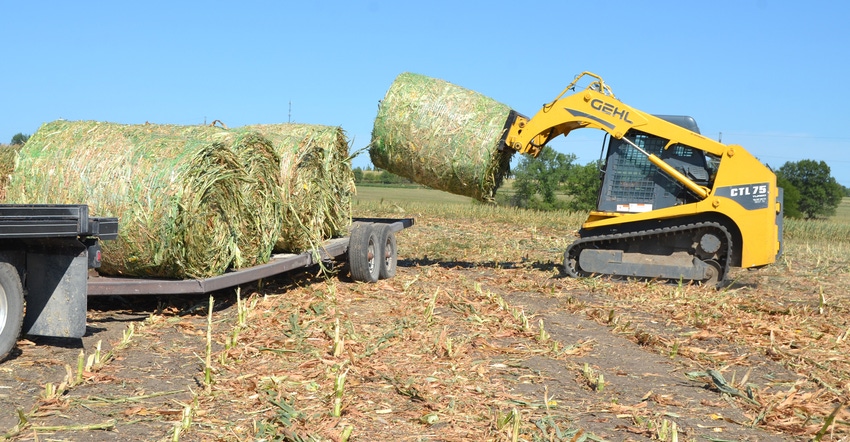June 9, 2021

It pays to know what your farm liability insurance covers. “Planning is important,” says Ray Massey, University of Missouri Extension economist, “but even the best plans do not always succeed in managing risk.”
He says farmers and ranchers should thoroughly read their policy regularly, check for gaps and determine if there needs to be any updates to the coverage.
Most farmers buy farm liability insurance to cover expenses from farm accidents — the kind that they lie awake at night worrying about, such as a cow that jumps a fence and gets hit by a car on the road, or a visitor who trips and breaks an arm. Other “acts of God” policy clauses for unintended consequences are trickier.
Massey and Barry Langford, a law instructor in MU’s Division of Applied Social Sciences, recently updated MU Extension’s Farm Liability Insurance Guide. It is free to download.
Here are six things to review on your farm liability insurance:
1. Types of farm liability insurance. There are three common types of farm insurance: property insurance, general liability insurance and workers’ compensation. Each one offers different accident coverage, and how the payout is disbursed varies. Know which one you have. Depending on the type of farm operation, there may be a need for multiple insurance policies.
2. Exclusions. It is important to know what your policy covers, but it’s just as important to know what it does not cover, Massey says. “Understanding exclusions in general farm liability insurance can prevent the insured from potentially disastrous surprises,” he says.
Common exclusions include:
farmers market sales
agritourism
boarding dogs or horses
nonfarm activities such as snow removal or landscaping
custom farm work
spraying chemicals on your own farm or under contract for others
3. New technologies. Few policies cover new technologies that create risk, Massey says. “Consider drones, for example,” he says. “Are they an aircraft, or does an aircraft require an onboard human pilot?” There is renewed interest in liability insurance because of damages caused by off-target movement of dicamba. It is critical to understand these insurance exclusions related to chemicals, Massey says.
Buy endorsements, additions or riders to policies for special circumstances to cover exclusions as needed, Massey says. Umbrella policies also provide additional liability protection.
4. Negligence. Farmers also must know rules about negligence, which can void liability insurance claims. Negligence includes illegal activities, fraud and intentional damage. Honesty remains the best policy when filing claims and in other activities, Massey says, so avoid misrepresenting or omitting facts on the application and claims.
5. Who is covered? Always confirm who the policy covers. The policyholder is always included, but ask about legal business entities operating as the business of the policyholder and relatives.
Most policies cover employees, but verify coverage for seasonal and short-term employees. Know if and how your policy covers independent contractors such as custom farmers or sprayers, as this is a complicated area.
6. Where you are covered? Check to see if your policy covers both on and off the farm. Know if your policy covers accidents on the road. This includes equipment, as well as trucks or automobiles used as part of the farm business.
Review and update often
Massey says farmers should make it a practice to annually review policies and advise your insurer of changes in operations and number of employees. Review premium and coverage amounts, and consider the economy and protection needs for the stage of your life.
Failure to buy sufficient coverage for business size and activities can have severe consequences for the financial health of the farm.
Source: University of Missouri Extension, which is solely responsible for the information provided and is wholly owned by the source. Informa Business Media and all its subsidiaries are not responsible for any of the content contained in this information asset.
You May Also Like




